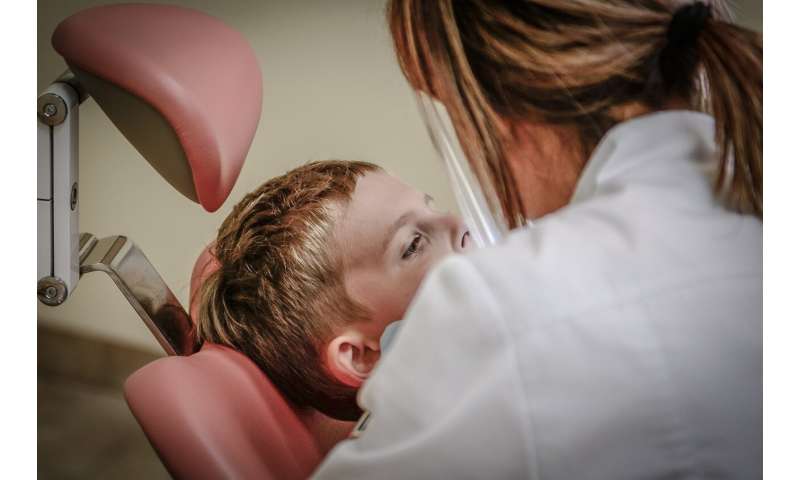Helping youth transition from pediatric to adult health care: Confidence is key

Approximately 90% of children diagnosed with a chronic disease now live into adulthood, according to the American Academy of Pediatrics. However, many adolescents who age out of the often nurturing and supportive pediatric health care system struggle to identify a new adult health care provider, lack knowledge of their health history or have trouble navigating the complex adult health care system.
To reduce avoidable hospitalizations and ensure young adults with chronic disease continue to seek care into adulthood, researchers at the University of Missouri identified factors that could positively influence health outcomes after transitioning to the adult health care system. They found increasing adolescents’ confidence in disease self-management could help to ensure a smoother transition as they age out of pediatric care.
“Our objective is to close the gap between the pediatric and adult heath care systems by making the transition as seamless, comfortable and welcoming as possible,” said Maureen Varty, a doctoral student in the MU Sinclair School of Nursing. “By working with young adults to help them access care, we can better monitor chronic diseases and prevent complications that could lead to hospitalizations down the road.”
Varty added that assisting adolescents with basic health care tasks like identifying a provider, scheduling an appointment, filling a prescription, understanding their health history and differentiating amongst various insurance policies will help them become more self-sufficient as they age and become independent adults.
“It’s very common for young adults to not seek out health care on their own because they don’t see the value in it,” Varty said. “However, routine care is extremely important because an ounce of prevention is worth a pound of cure. By engaging youth earlier in the health care process, we can boost their confidence by giving them the tools they need to be successful later on and live their lives to the fullest extent possible.”
Source: Read Full Article
